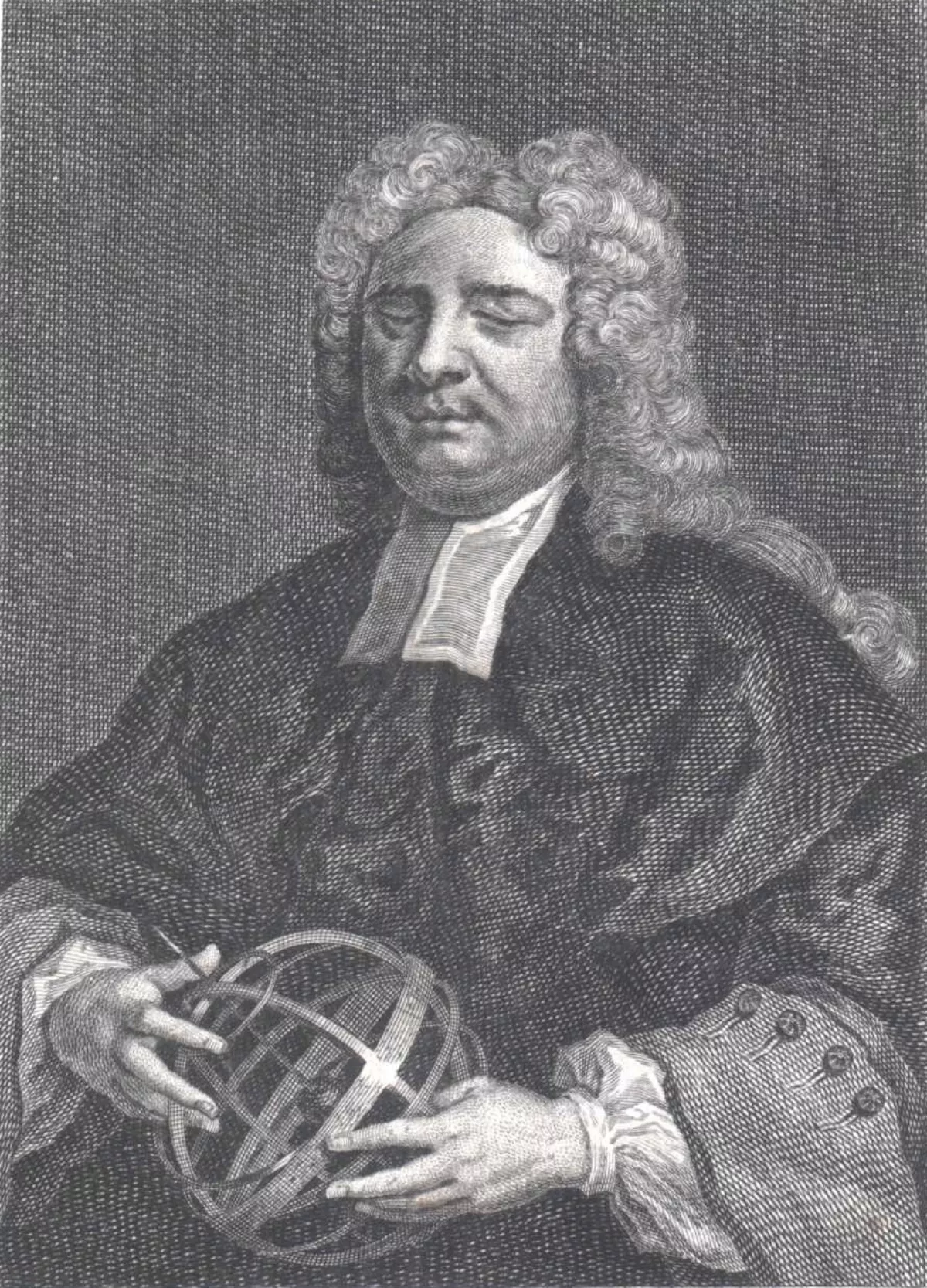 1.
1. Nicholas Saunderson was a blind English scientist and mathematician.

 1.
1. Nicholas Saunderson was a blind English scientist and mathematician.
Nicholas Saunderson worked as Lucasian Professor of Mathematics at Cambridge University, a post held by Isaac Newton, Charles Babbage and Stephen Hawking.
Nicholas Saunderson's parents were John and Ann Sanderson, and his father made a living as an excise man.
Nicholas Saunderson was introduced to Cambridge via meetings with the local gentry at Underbank Hall, near Penistone.
Nicholas Saunderson wanted to teach and with the permission of the Lucasian professor, William Whiston, Saunderson was allowed to teach, lecturing on mathematics, astronomy and optics.
Nicholas Saunderson was chosen as the fourth Lucasian professor the next day, defeating the Trinity College candidate Christopher Hussey, backed by Richard Bentley, when the electors split 6 to 4 in his favour.
Nicholas Saunderson was a member of the Spitalfields Mathematical Society.
Nicholas Saunderson was resident at Christ's College until 1723 when he married Abigail Dickons, daughter of William Dickons who was the rector of Boxworth, Cambridgeshire.
Nicholas Saunderson was created doctor of laws in 1728 by command of George II during a visit by the monarch to Cambridge.
Nicholas Saunderson possessed the friendship of leading mathematicians of the time: Isaac Newton, Edmond Halley, Abraham De Moivre and Roger Cotes.
Nicholas Saunderson's senses of hearing and touch were acute, and he was a good flautist.
Nicholas Saunderson could carry out mentally long and intricate mathematical calculations.
Nicholas Saunderson devised a calculating machine or abacus, by which he could perform arithmetical and algebraic operations by the sense of touch; it was known as his "palpable arithmetic", and was described in his Elements of Algebra.
Nicholas Saunderson's importance was as a charismatic and skilled teacher at exactly the time when mathematics started to become important at University of Cambridge.
Nicholas Saunderson provided the first systematic introduction to Differential calculus, detailed in his posthumous work The Method of Fluxions Applied to a Select Number of Useful Problems.
Nicholas Saunderson did not follow the common practice of publishing his work; however, manuscripts of his lectures and treatises were in circulation and were used by a number of notable individuals including the astronomers James Bradley at Oxford University, Samuel Vince at Cambridge University and John Harrison for self-education prior to designing the marine chronometer.
Historian of statistics Stephen Stigler concluded that Nicholas Saunderson was the most probable discoverer after attempting to trace some of these letters and discussions, but has been challenged by other statisticians.
Nicholas Saunderson appears as a fictional character on his deathbed in eighteenth-century novelist Denis Diderot's Letter on the Blind for the Use of those who can see, which discusses how man can acquire knowledge not only through perception, but through reason.
Nicholas Saunderson's character represents a person with no perception but endowed with logical genius, trying to comprehend God.
In 2006, Nicholas Saunderson's life was turned into a musical, No Horizon, written by Andy Platt, headmaster of Springvale Primary School in Penistone.